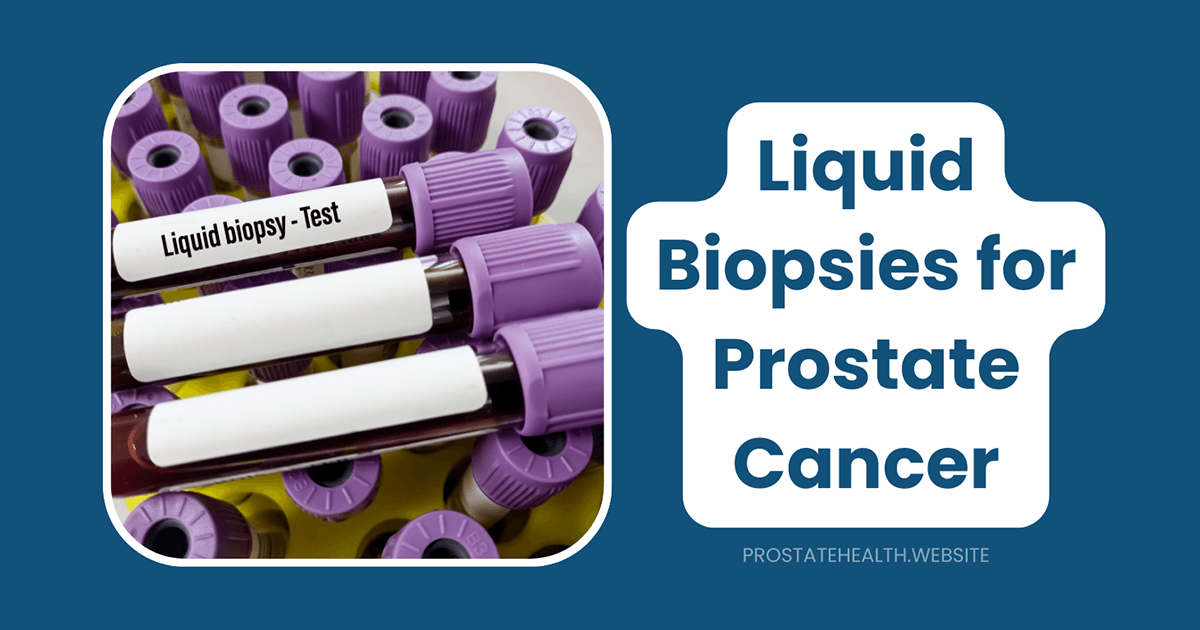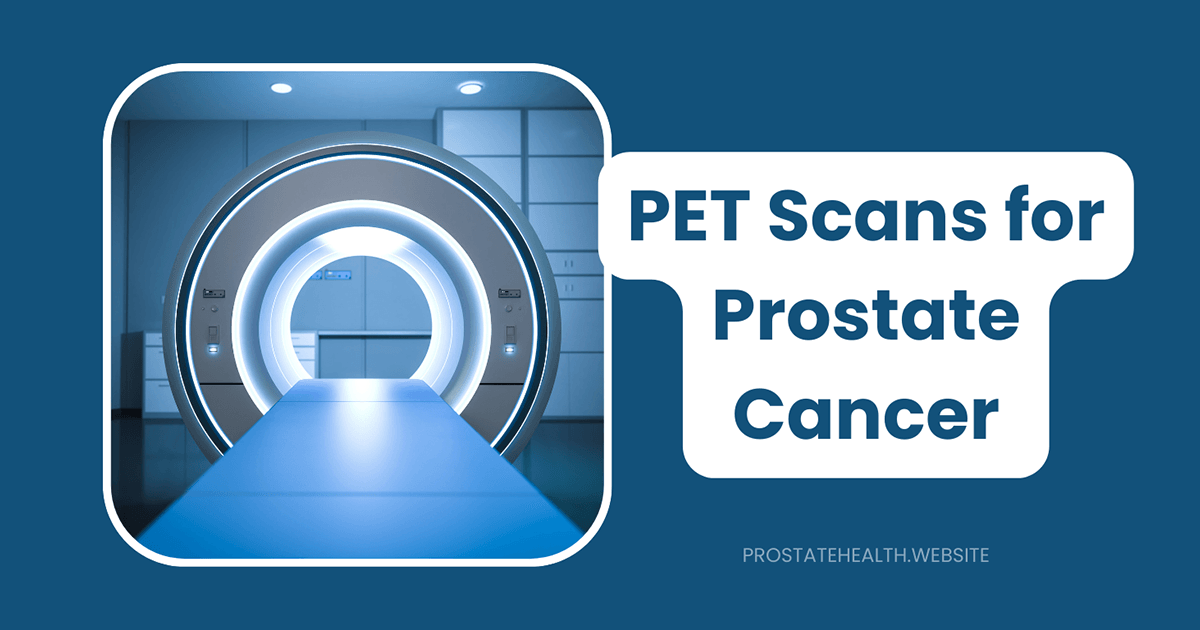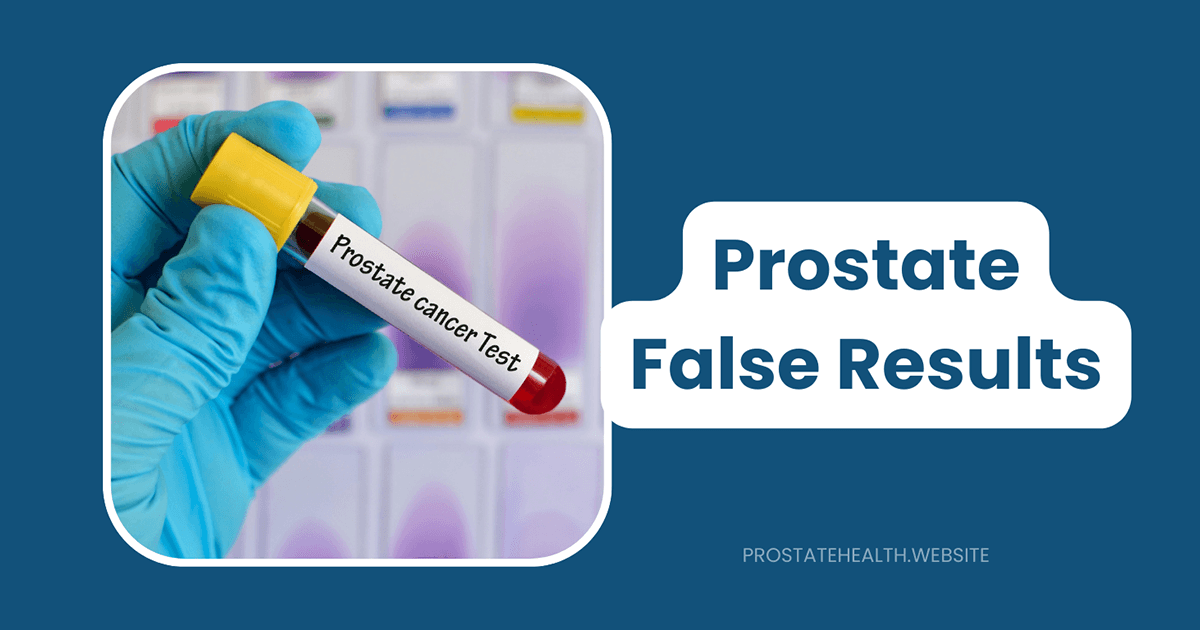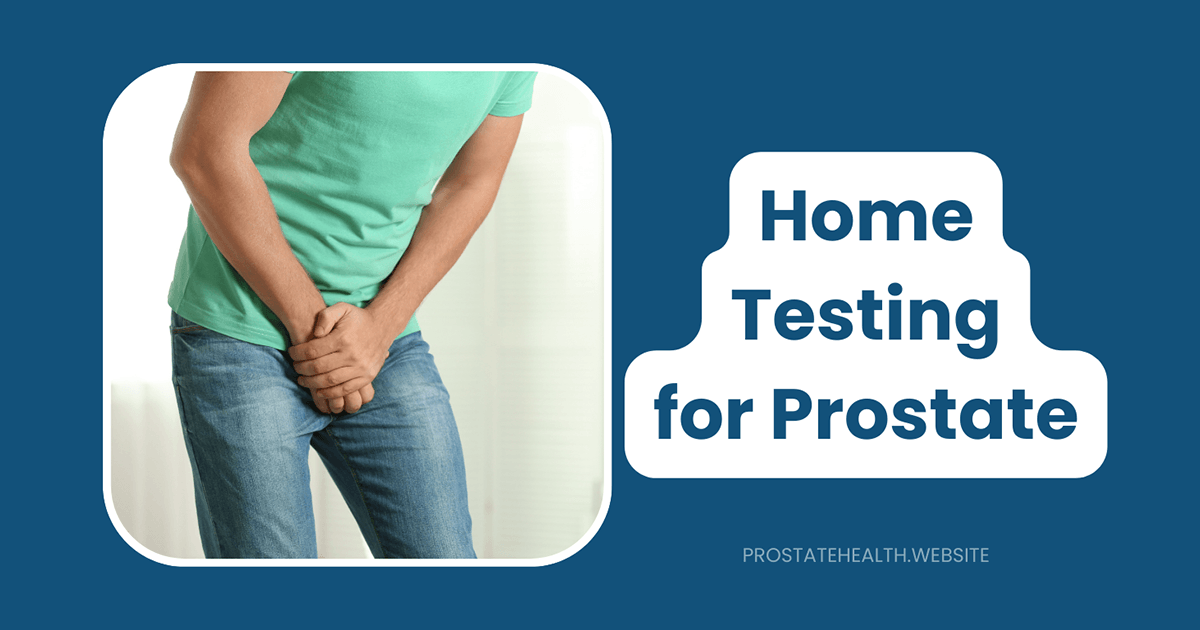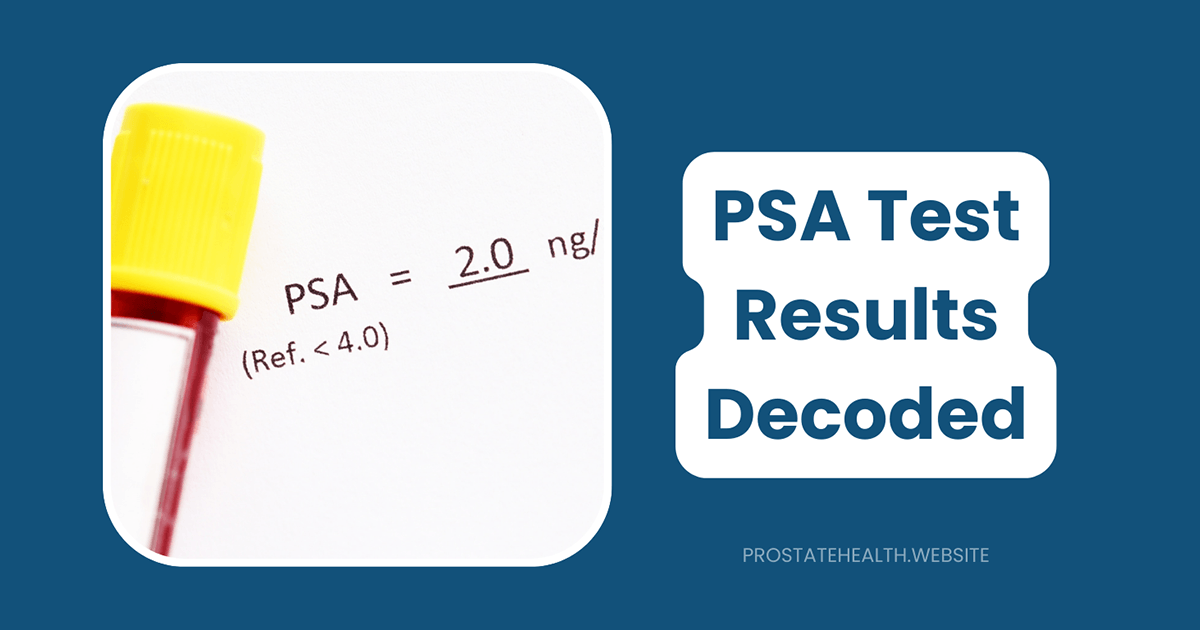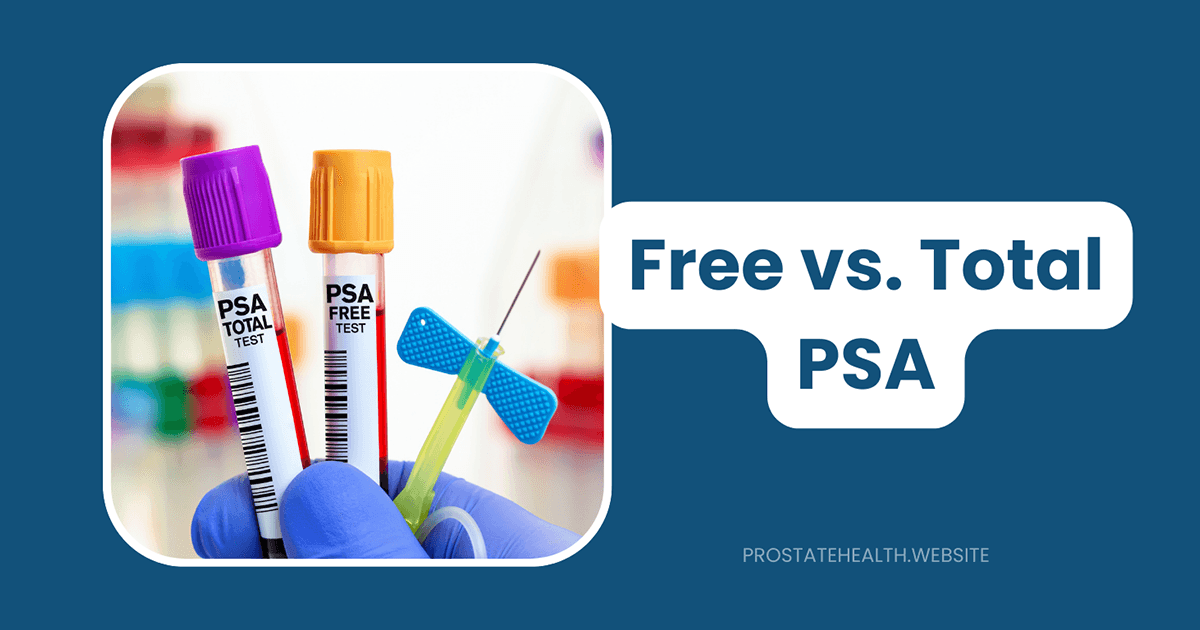Managing Pain and Discomfort During Prostate Diagnostic Procedures
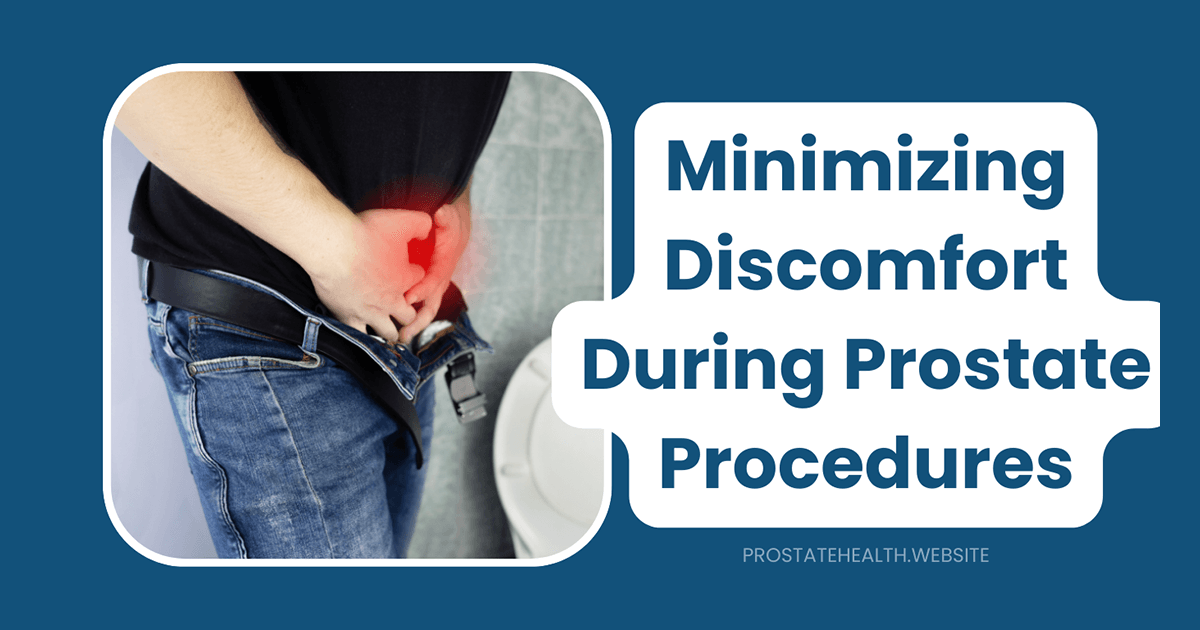
Let’s face it—no man looks forward to prostate diagnostic procedures. The very thought of them can trigger anxiety, embarrassment, and concerns about pain. As someone who’s spoken with hundreds of men about their experiences, I understand these feelings are completely normal.
But here’s the good news: modern medicine has made significant advances in making these procedures more tolerable. Whether you’re facing a prostate biopsy, MRI, or other diagnostic test, there are effective strategies for minimizing discomfort and anxiety.
This guide will walk you through what to expect and how to manage pain during common prostate diagnostic procedures, with insights from both medical research and real men’s experiences.
Understanding Pain During Prostate Procedures
Before discussing pain management, it helps to understand why prostate procedures can be uncomfortable:
- The prostate has a complex nerve supply from the pelvic plexus, making it highly sensitive to mechanical stimuli
- The position required for many procedures (especially transrectal approaches) can be awkward and uncomfortable
- Anxiety and muscle tension can amplify pain perception
- Individual pain thresholds vary significantly
According to a 2025 study published in the Journal of Urology, pain during prostate procedures typically comes from three sources:
- Insertion of instruments (ultrasound probe or needle)
- Tissue sampling (during biopsy)
- Anxiety and anticipation (which can lower pain threshold)
Understanding these factors helps explain why certain pain management techniques work better than others.
Pain Management for Prostate Biopsies
Prostate biopsies are among the most common diagnostic procedures, with nearly 1 million performed annually in the United States. There are two main approaches:
Transrectal Ultrasound-Guided (TRUS) Biopsy
This traditional approach involves inserting an ultrasound probe into the rectum to visualize the prostate, then taking tissue samples through the rectal wall.
Pain management options include:
1. Topical Anesthetics
- What it is: Lidocaine gel applied to the rectum before the procedure
- Effectiveness: Provides moderate relief for probe insertion discomfort
- Patient experience: “The gel helped with the initial discomfort, but I still felt the biopsies being taken.” – James, 58
2. Periprostatic Nerve Block
- What it is: Injection of local anesthetic around the prostate
- Effectiveness: Reduces pain scores by 50-80% according to 2025 research
- How it’s done: Using the ultrasound for guidance, the doctor injects anesthetic where nerves enter the prostate
- Patient experience: “There was a brief sting from the injection, but after that, the biopsies were much more tolerable.” – Robert, 62
3. Intrarectal Lidocaine Gel + Periprostatic Block (Combination)
- What it is: Both topical gel and injected anesthetic
- Effectiveness: Current gold standard, reducing pain scores to 2-3 on a 10-point scale
- Patient experience: “I was surprised by how manageable it was. I felt pressure but minimal sharp pain.” – Michael, 55
Transperineal Biopsy
This newer approach accesses the prostate through the skin between the scrotum and rectum. While it has advantages like lower infection rates, research from 2025 shows it can be more painful than the transrectal approach without proper anesthesia.
Pain management options include:
1. Tumescent Local Anesthesia
- What it is: Infiltration of the perineal area with diluted anesthetic
- Effectiveness: Reduces pain scores to 3-4 on a 10-point scale
- How it’s done: Multiple small injections to create a field block
- Patient experience: “The initial injections stung, but then the area went numb. I felt pressure but not sharp pain during the biopsies.” – David, 67
2. Pudendal Nerve Block
- What it is: Anesthetic injected near the pudendal nerve
- Effectiveness: Provides excellent pain control for the perineal region
- Patient experience: “This was very effective. I barely felt the biopsies being taken.” – Thomas, 59
3. Conscious Sedation
- What it is: Medications like midazolam or propofol to induce relaxation and drowsiness
- Effectiveness: Significantly reduces both pain and anxiety
- Patient experience: “I was awake but relaxed and didn’t care about what was happening. Afterward, I barely remembered the procedure.” – William, 64
“The 2025 European Association of Urology guidelines now recommend transperineal biopsies under local anesthesia after subcutaneous injection in the perineum and periprostatic area as the standard of care.”
Pain Management for MRI Procedures
Magnetic Resonance Imaging (MRI) is increasingly used for prostate diagnostics. While not painful in itself, it can be uncomfortable due to:
- The need to lie still for 30-45 minutes
- Confined space in the scanner
- Loud noises during the scan
- Potential for an endorectal coil (though less commonly used now)
Comfort strategies include:
1. Positioning Aids
- Cushions and supports to reduce pressure points
- Knee bolsters to reduce back strain
- Weighted blankets to provide comfort and reduce anxiety
2. Mild Sedation
- Oral medications like diazepam (Valium) for claustrophobia
- Typically taken 30-60 minutes before the procedure
3. Distraction Techniques
- Music through headphones (many centers provide this)
- Guided imagery or meditation before and during the scan
- Focusing on controlled breathing
4. Open or Wide-Bore MRI Options
- Larger openings reduce claustrophobia
- Available at many imaging centers
Factors That Influence Pain Experience
Research from 2025 has identified several factors that affect how much pain men experience during prostate procedures:
Age
- Men under 62 are three times more likely to report significant pain during transperineal biopsies
- Younger patients may benefit from more aggressive pain management
Anxiety Levels
- Higher anxiety correlates with higher pain scores
- Pre-procedure anxiety management can significantly reduce pain
Previous Experience
- First-time procedures often cause more anxiety and pain
- Men who’ve had previous negative experiences may need additional support
Prostate Size and Location
- Larger prostates may require more manipulation
- Certain anatomical variations can make procedures more uncomfortable
Preparing for Your Procedure: Pain Management Strategies
Before the Procedure
- Have an honest discussion with your doctor
- Ask about all available pain management options
- Discuss your anxiety level and previous experiences
- Request the most appropriate anesthesia for your situation
- Consider anti-anxiety measures
- Meditation or deep breathing exercises in the days before
- Prescription anti-anxiety medication if recommended by your doctor
- Visualization techniques
- Physical preparation
- Follow all pre-procedure instructions carefully
- Stay well-hydrated (unless instructed to restrict fluids)
- Get a good night’s sleep before the procedure
- Medication considerations
- Take prescribed pre-procedure medications exactly as directed
- Discuss taking acetaminophen (Tylenol) beforehand if approved
- Avoid blood thinners as directed by your doctor
During the Procedure
- Communication is key
- Don’t hesitate to tell your doctor if you’re experiencing significant pain
- Additional local anesthetic can often be administered if needed
- Relaxation techniques
- Controlled breathing (inhale for 4 counts, exhale for 6)
- Progressive muscle relaxation (tensing and releasing muscle groups)
- Visualization of peaceful scenes
- Distraction methods
- Conversation with the medical team
- Mental math or reciting information in your head
- Focusing on a specific object or spot in the room
- Positioning
- Let the medical team know if your position is causing strain
- Small adjustments can often make a big difference in comfort
After the Procedure
- Immediate pain relief
- Cold packs for the perineal area (if recommended)
- Prescribed pain medication taken as directed
- Over-the-counter acetaminophen if approved
- Home comfort measures
- Sitz baths for perineal discomfort
- Cushioned seating
- Loose-fitting clothing
- Activity modifications
- Follow activity restrictions to minimize discomfort
- Gentle walking to reduce stiffness
- Avoid straining during bowel movements
Innovative Pain Management Approaches
Recent advances in pain management for prostate procedures include:
Music Therapy
A 2025 study published in the Journal of Urology found that patients who listened to music during transperineal biopsies reported significantly lower pain scores (average reduction of 1.5 points on a 10-point scale).
Virtual Reality Distraction
Some centers now offer VR headsets during procedures, which can significantly reduce perceived pain and anxiety.
MRI-Ultrasound Fusion Guidance
This technology allows for more precise targeting, potentially reducing the number of samples needed and therefore decreasing discomfort.
Multiparametric MRI Before Biopsy
By identifying suspicious areas before biopsy, this approach can reduce the number of samples needed, minimizing discomfort.
Special Considerations for Different Procedures
Transrectal Ultrasound (TRUS)
- Most commonly performed under local anesthesia
- Pain typically peaks during needle sampling
- Usually takes 10-20 minutes to complete
MRI-Guided Biopsy
- Often performed in the MRI suite
- May take longer than standard biopsies (30-60 minutes)
- Usually requires lying still for extended periods
Fusion Biopsy
- Combines MRI images with real-time ultrasound
- May take longer than standard TRUS biopsy
- Often more comfortable due to fewer samples needed
Real Men’s Experiences and Advice
I’ve spoken with hundreds of men about their experiences with prostate procedures. Here’s what they wish they had known:
“Don’t be a hero. If they offer sedation and you’re anxious, take it. There’s no medal for enduring unnecessary discomfort.” – Richard, 65
“The most helpful thing for me was knowing exactly what was happening at each step. I asked the doctor to narrate the procedure, which kept my mind engaged and reduced my anxiety.” – Stephen, 58
“I was embarrassed to admit I was anxious, but when I finally told my doctor, he prescribed a mild sedative that made all the difference. Don’t let pride get in the way of comfort.” – Paul, 61
“For my second biopsy, I used meditation apps for a week before. The difference in my anxiety level was remarkable, and the procedure was much more tolerable.” – Mark, 54
Questions to Ask Your Doctor About Pain Management
- What type of anesthesia or pain control do you typically use for this procedure?
- Are there additional pain management options I should consider?
- Would I benefit from anxiety medication before the procedure?
- How many samples will you need to take during my biopsy?
- What percentage of your patients report significant pain during this procedure?
- What should I do if I experience pain during the procedure?
- What pain relief options will be available after the procedure?
- How soon can I take pain medication after the procedure?
When More Pain Control Is Needed
For some men, standard pain management approaches aren’t sufficient. You might need additional measures if:
- You have a history of chronic pain conditions
- Previous prostate procedures were extremely painful
- You experience significant anxiety about medical procedures
- You have a low pain threshold
Options for enhanced pain control include:
Moderate Sedation
- Intravenous medications that induce a “twilight” state
- You remain conscious but relaxed and less aware
- Requires monitoring of vital signs during the procedure
General Anesthesia
- Complete unconsciousness during the procedure
- Typically used only for extensive biopsies or combined procedures
- Requires recovery time and someone to drive you home
Pain Management Specialist Consultation
- Can develop a personalized plan for complex cases
- May recommend a combination of approaches
- Particularly helpful for men with chronic pain conditions
Conclusion
While prostate diagnostic procedures aren’t something any man looks forward to, modern pain management techniques have made them much more tolerable. By understanding your options and actively participating in decisions about your care, you can significantly reduce discomfort and anxiety.
Remember that everyone’s experience is different, and what works best for one person may not be ideal for another. The most important thing is to have open, honest communication with your healthcare provider about your concerns.
Have you undergone a prostate diagnostic procedure? What pain management techniques worked best for you? Share your experience in the comments to help other men prepare for their procedures.

